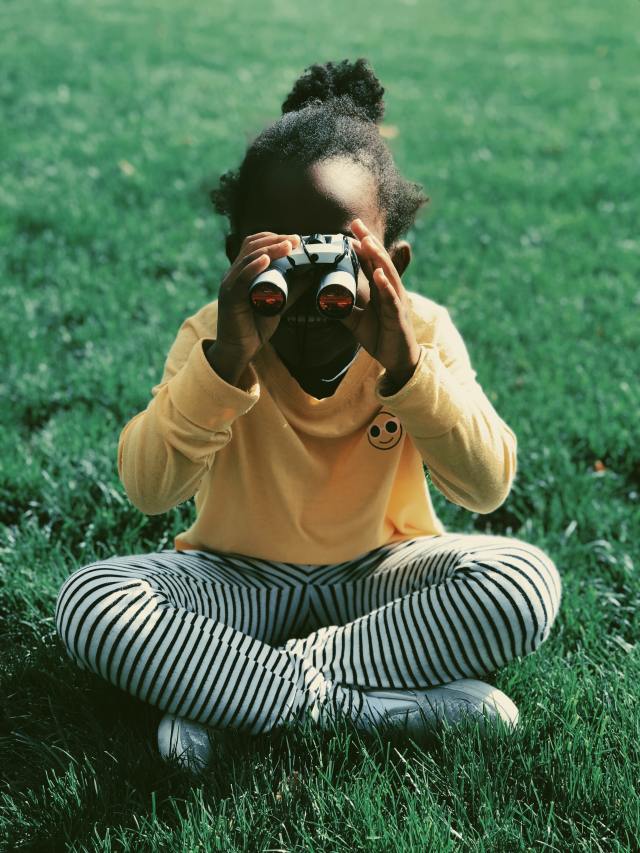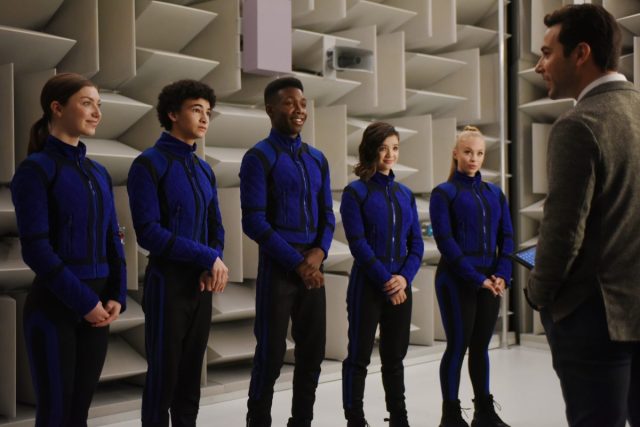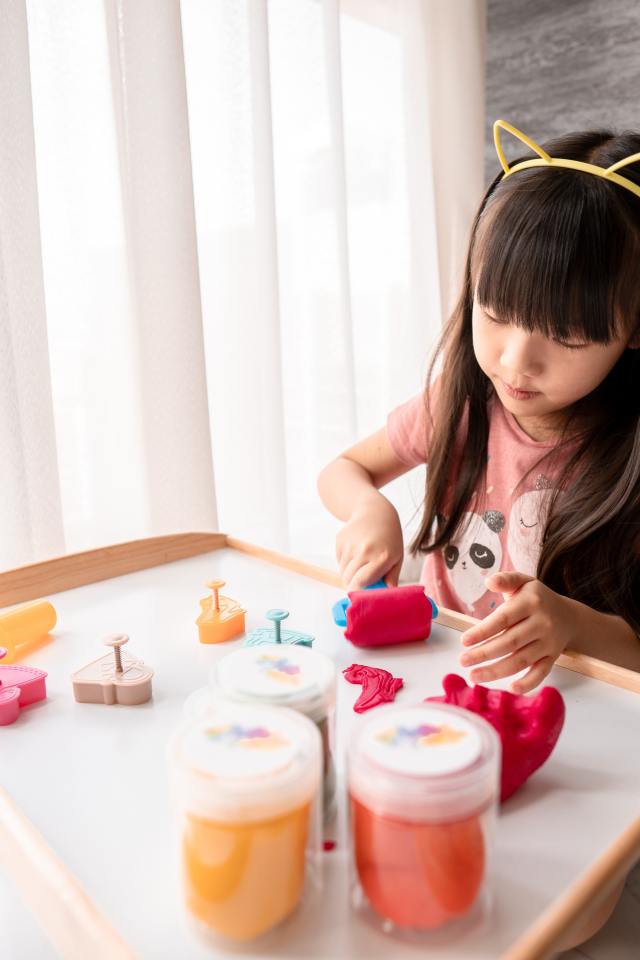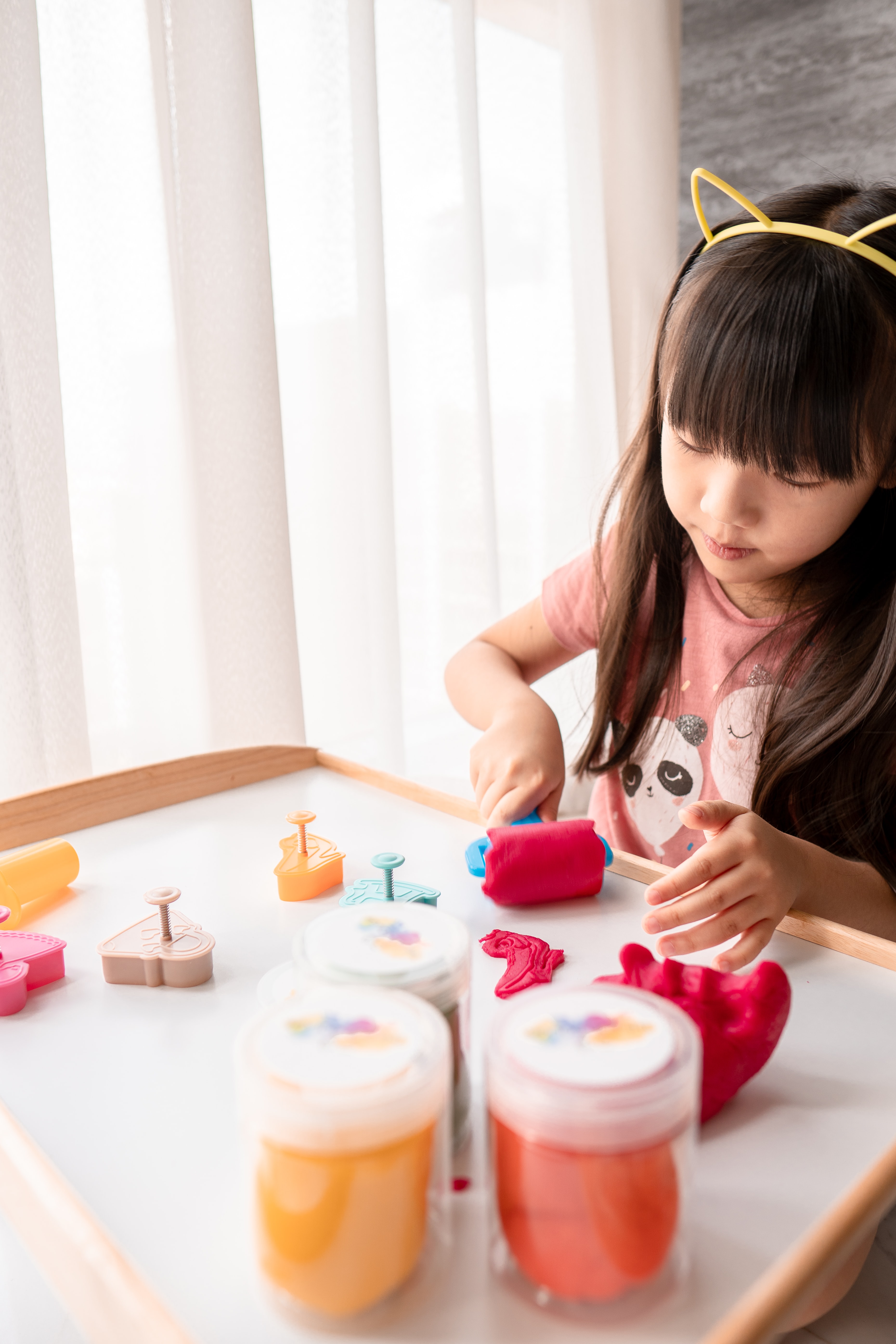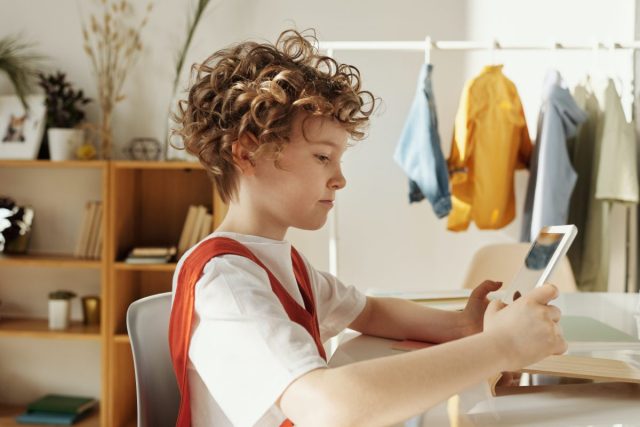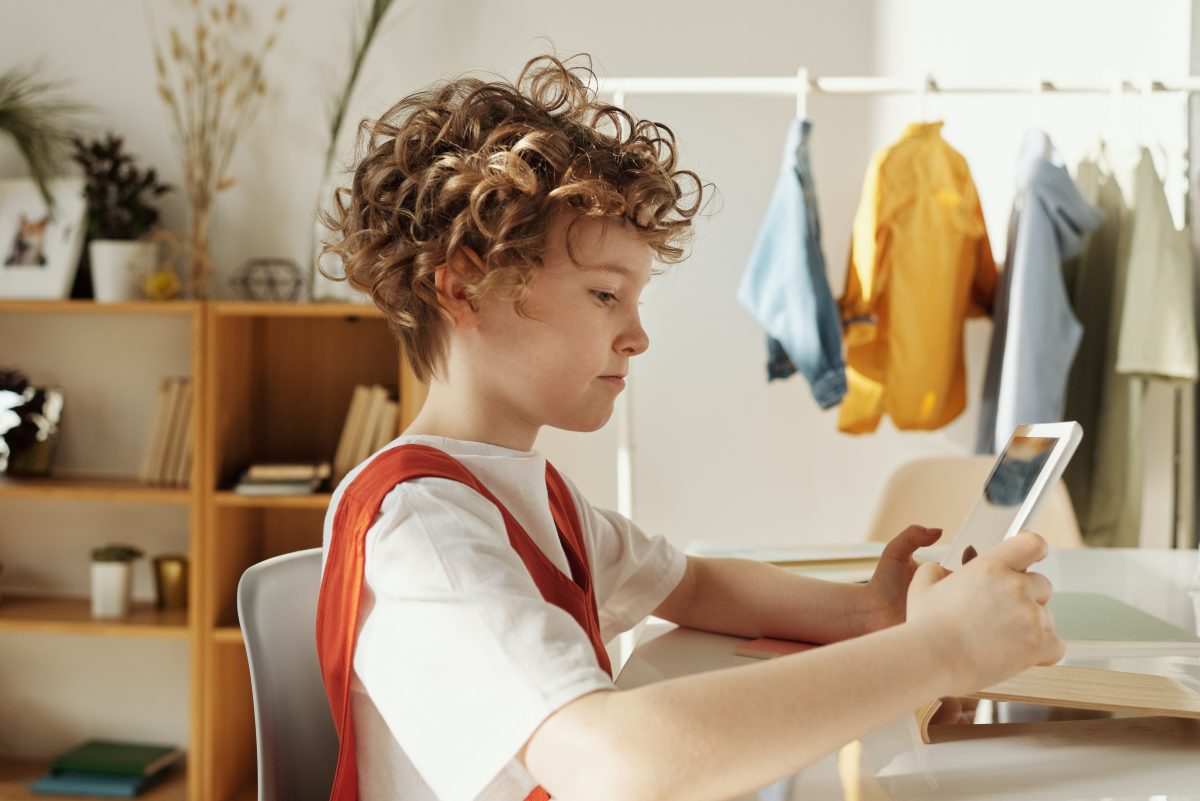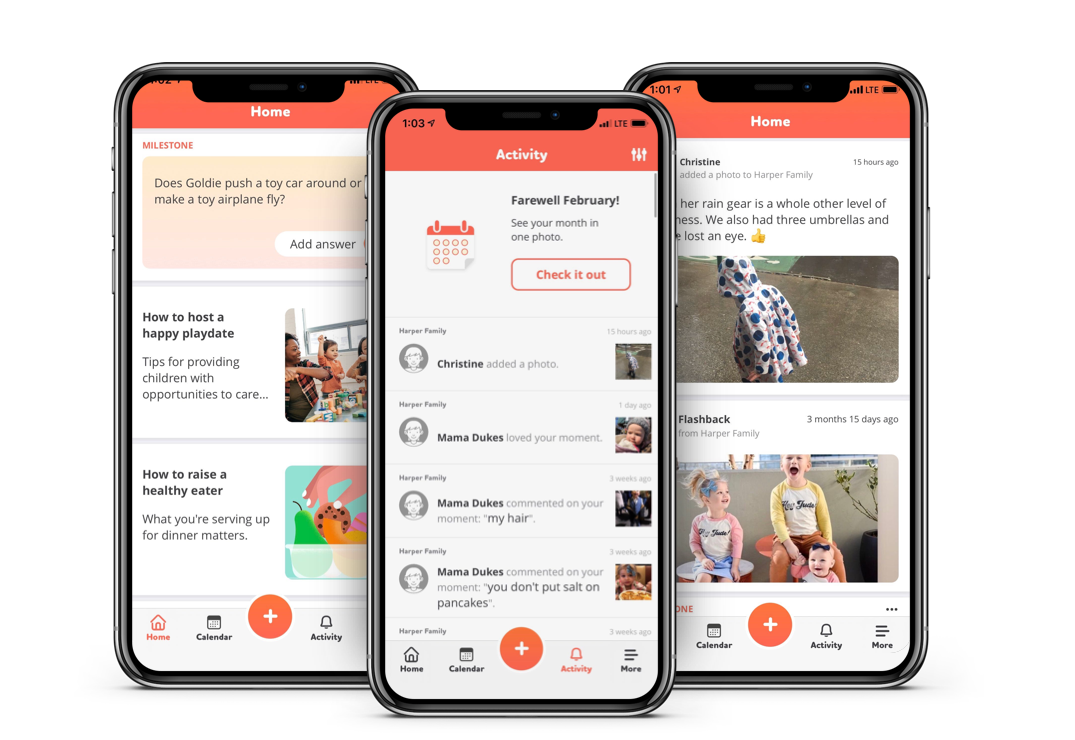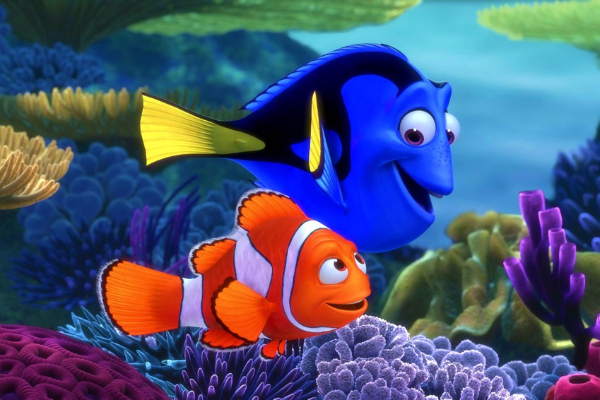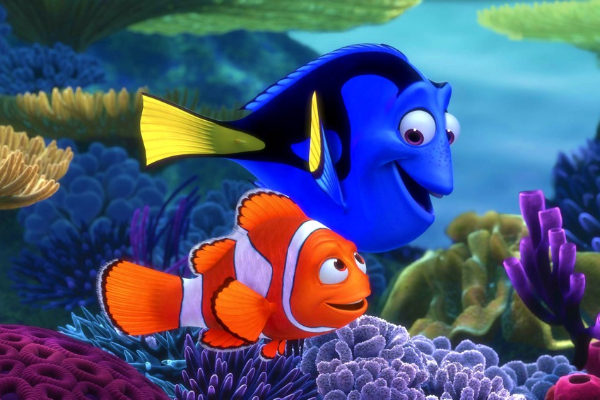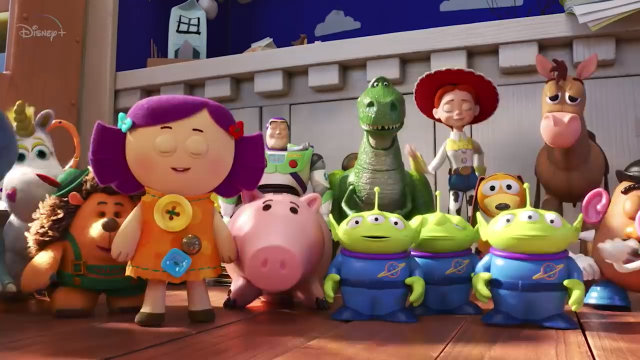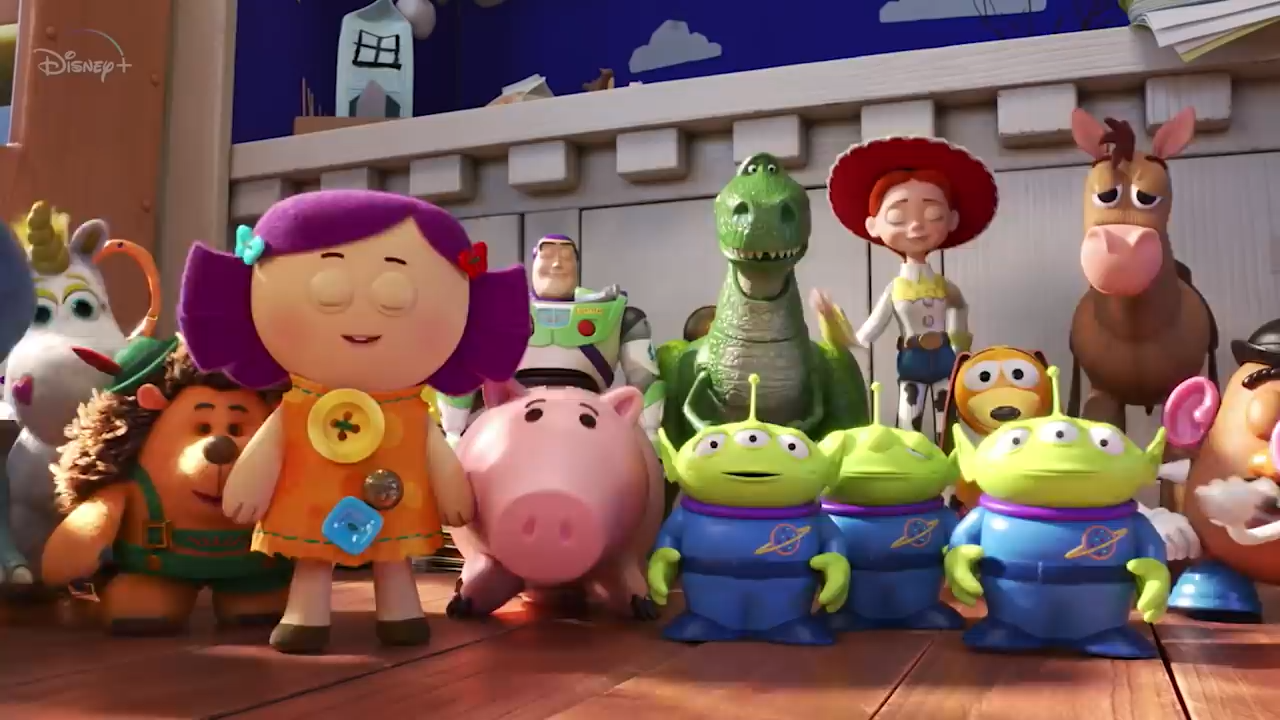
Did you know that all children are born with intrinsic attributes of a successful scientist? Well, they do. It is in their nature to experiment with new things, seek answers to endless questions, and they are always curious about everything within their sight. Young kids pick-up everything they find and show genuine interest in the world around them. That is basically what scientists do.
But what happens when they get to school and hate everything about it, including the science tasks they so readily undertook as toddlers? Everything seems complicated, boring, and completely out of touch with their lives. At one point, you too probably thought that most science projects at school were unnecessarily tiresome.
As a parent, what can you do to ensure that your kid doesn’t lose their interest in science even after joining the school? Simple answer: By creating a science-friendly home and encouraging your kids to experiment, ask questions, and take part in all science programs in the community.
Here are 6 techniques:
1. Take them to science camps. On top of providing your kid with hands-on learning opportunities, science camps bring together hundreds of young scientists who can influence your kid positively through one-on-one interactions. When kids come together to explore and analyze science, learning becomes fun. Science camps are easy to find within your locality but in case you have no idea where to begin, you can visit one of the universities in your hometown. Most science camp organizers liaise with local universities and museums to run science programs.
2. Allow them room to explore. Many parents don’t warm up to this idea because of the mess kids make when they explore, but there isn’t any way around it if you want your kid to love science. Even the greatest scientists became who they are today through experimentation, sometimes through trial and error. Allow your kids to try things out on their own. If they want to observe a pool of water under the microscope, let them be. If they want to build something using dirt and water, the best thing to do is to dress them appropriately. Make it acceptable to get dirty in your household and while at it, buy them a science kit in order to make their work easier and more fun.
3. Allow them to play video games. Video games such as Minecraft will introduce the virtual world to the kid and nurture their interest in the science of coding. Not all games will teach your kid the language of programming, but there are many that will. Help the kid to choose the right ones. Video games come across as an excellent way of enhancing your child’s problem-solving skills. Skills such as negotiating, customizing player qualities, and different game levels equip children with the needed skills for progression to higher levels. Such qualities come across as necessary in later life.
4. Help them keep up with the latest discoveries. Kids are naturally eager to learn about how the earth came to be and how it operates. Topics such as Earth’s rotation and how day/nights came to being are very interesting for everybody. Now build on that interest by letting the kid follow breaking news about major scientific breakthroughs. Now build on that interest by letting the kids follow breaking news about major scientific breakthroughs.
5. Go hiking. By walking through nature, you will be igniting the kid’s curiosity in regard to the world around them. You will create a terrific environment for the kid to bring up scientific questions on their own. For example, hiking can arouse the kid’s curiosity about photosynthesis, how plants eat, breathe, and grow. Besides, you will be seeing lots of animal species, birds, and insects, all of which you can photograph and try to research their adaptations. Your kid will love doing that. They won’t even realize they’re learning.
6. Squash science-related stereotypes. Many kids have the wrong impression of science, especially girls. Make it your job to demystify these stereotypes and change your kid’s attitude towards science. Explain to them that physics is as simple as building with blocks, or that the simple act of breathing and excretion is biology. The key here is to make the kid see that he/she uses science every second.
We cannot emphasize this enough: Learning, especially in science, is founded on curiosity. It is your job to create a climate for discovery for your kids. Don’t force the kid to love science. Just answer their questions and stimulate curiosity. Everything else will naturally fall into place.
